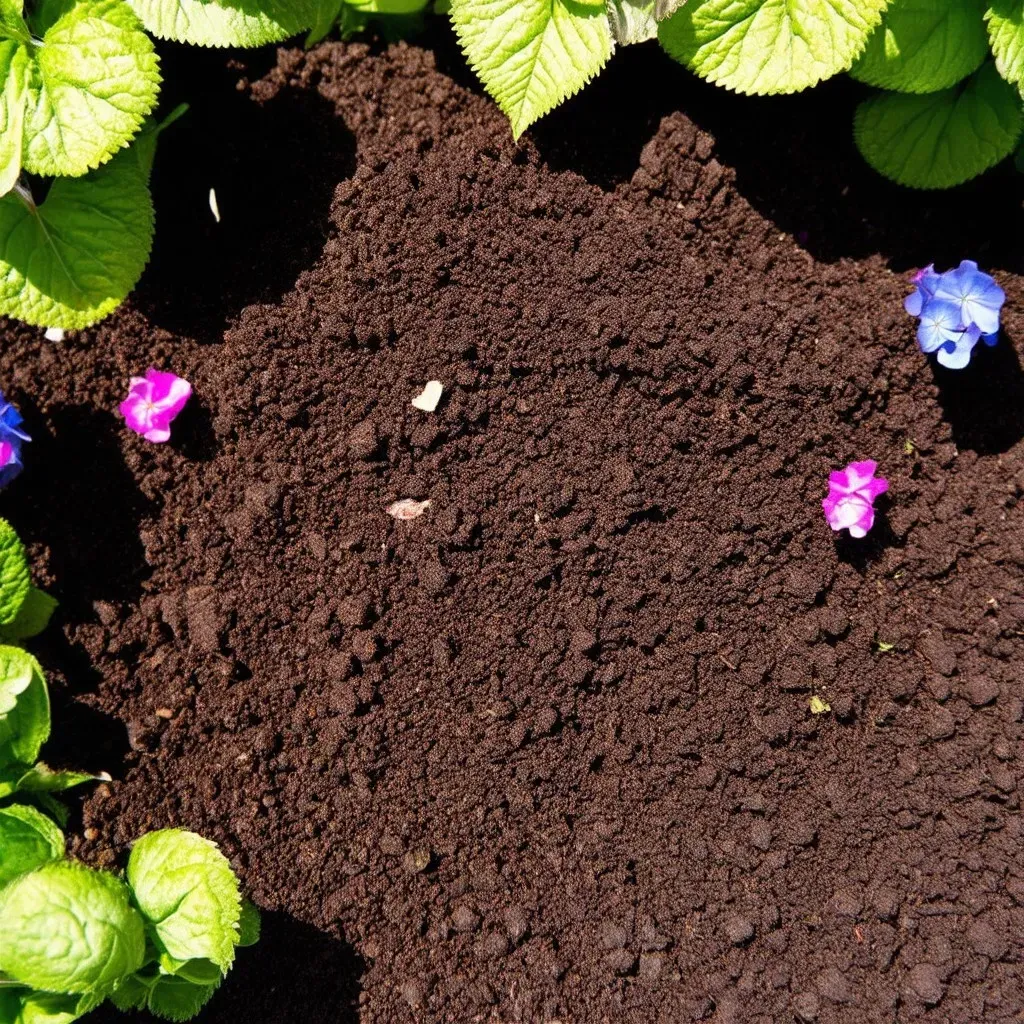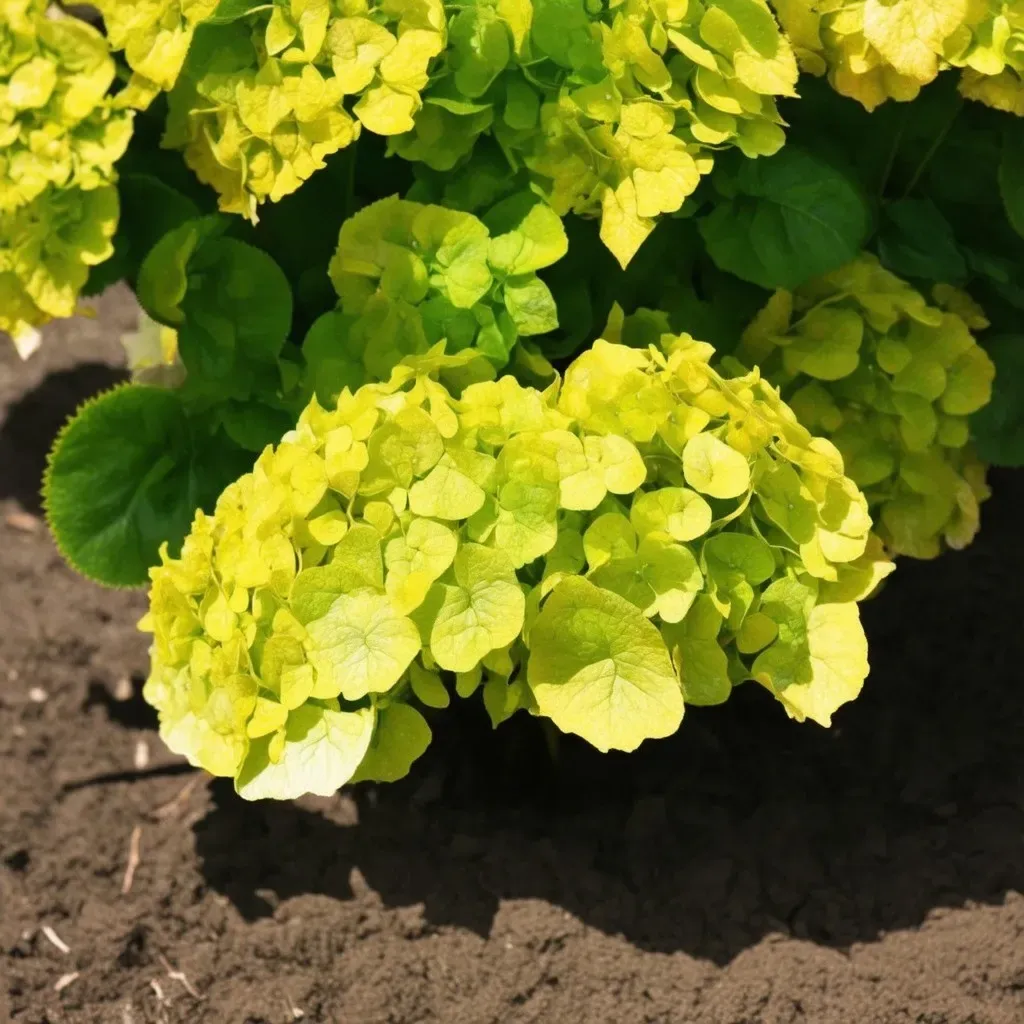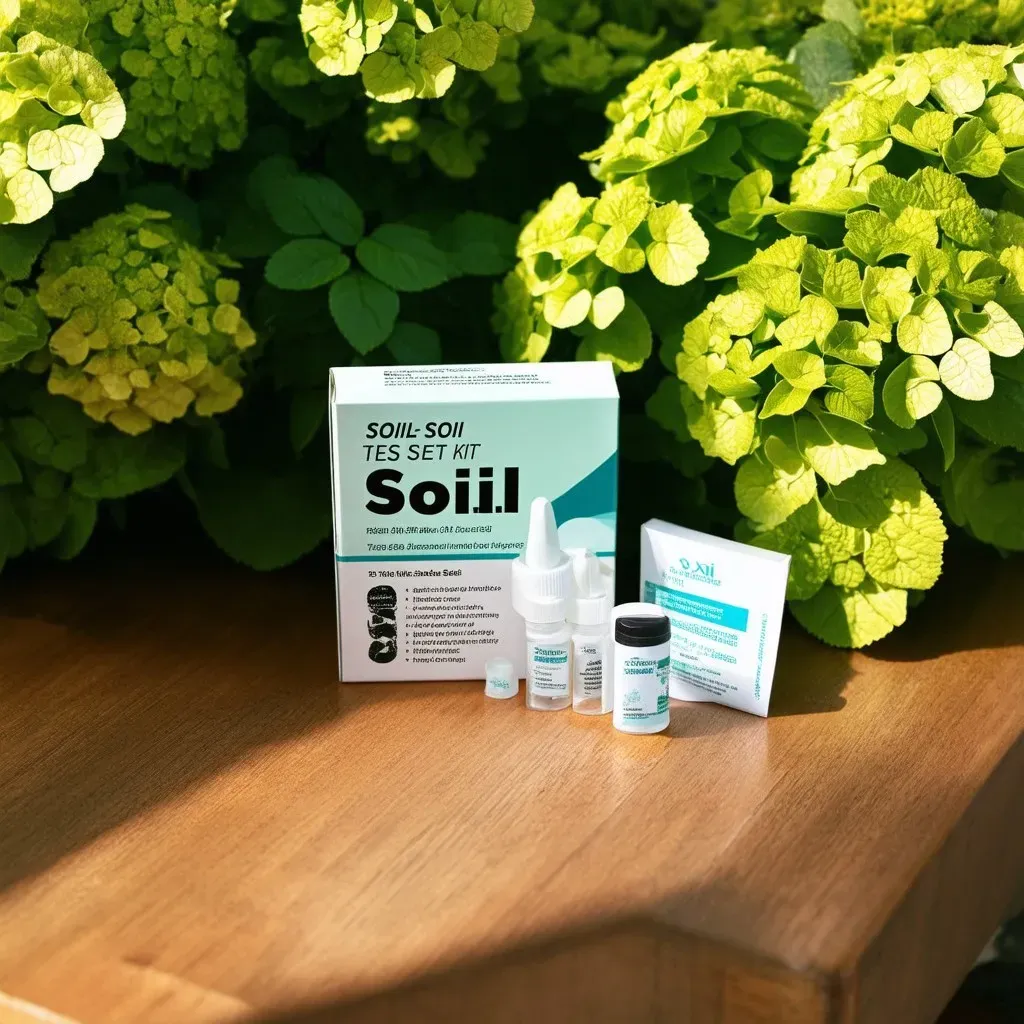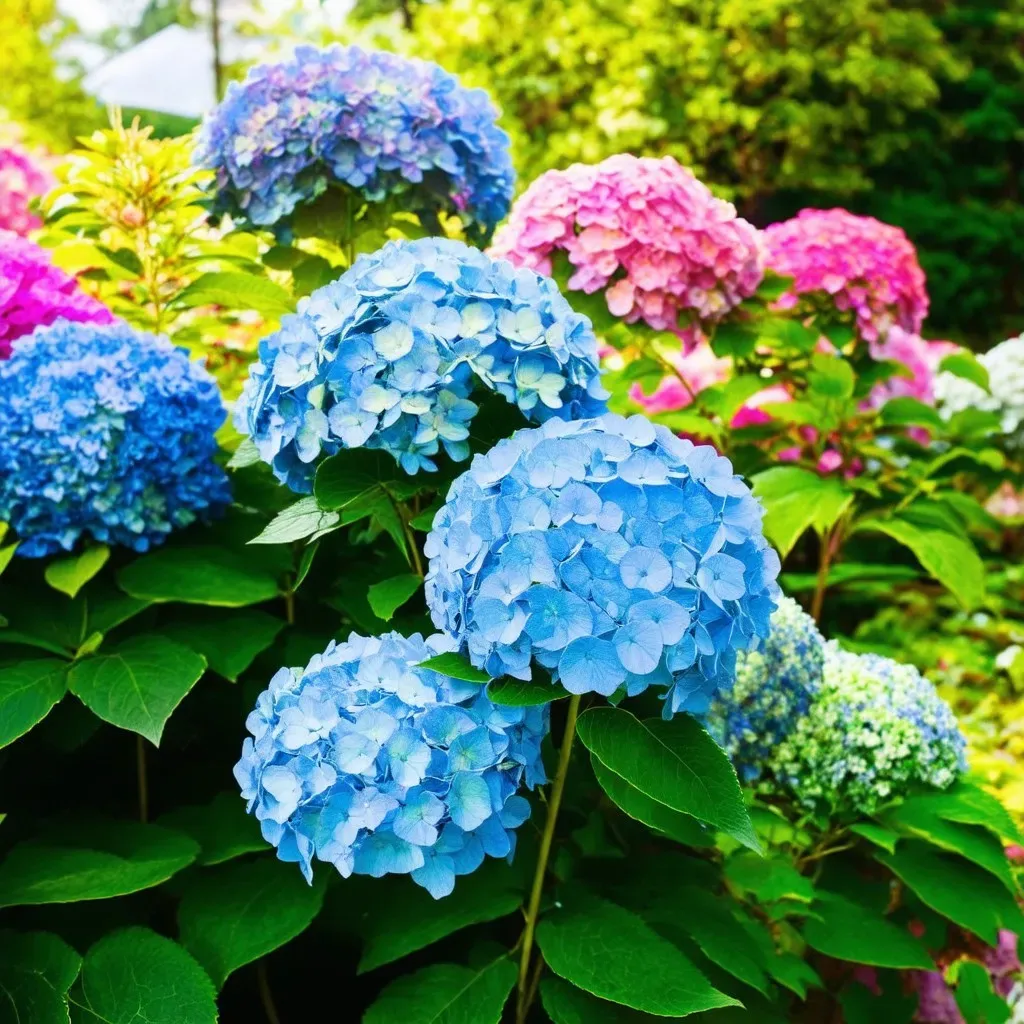Hydrangeas, stunning flowering plants known for their vibrant colors and lush blooms, often spark curiosity among gardeners: do hydrangeas like wet soil? The short answer is that hydrangeas prefer consistently moist, well-draining soil but do not thrive in overly wet or waterlogged conditions.
While hydrangeas can tolerate some level of wetness, excessive moisture can lead to serious health issues, such as root rot and various fungal diseases. Achieving the right balance when it comes to soil moisture is crucial for the thriving and flowering of these beautiful plants.
Understanding hydrangea Soil Preferences
Ideal Soil Conditions
Hydrangeas thrive in soils that are well-draining, rich in organic matter, and evenly moist. Here is a breakdown of what hydrangeas appreciate in their soil conditions:
| Soil Characteristics | Details |
|---|---|
| Drainage | Well-draining to prevent sogginess |
| Moisture | Consistently moist but not waterlogged |
| Organic Matter | Rich in compost or peat |
| pH Level | Ideally between 5.0 and 8.0 |
Hydrangeas produce the best blooms in soil that retains some moisture without becoming overly saturated. They favor loamy or sandy-loam soils, but can also tolerate clay soil if it has been amended with compost or peat moss to improve drainage.
Soil Type and Amendments
To create the perfect blend for your hydrangeas, consider the following amendments:
- Compost: Enhances organic material, improves moisture retention without making the soil soggy.
- Peat Moss: Helps retain moisture while ensuring proper drainage.
- Mulch: A thick layer of mulch will help maintain consistent moisture levels and prevent weeds from competing for nutrients.

Hydrangea Watering Needs
Watering Frequency
Hydrangeas do not appreciate drought. Therefore, it’s important to keep them hydrated, especially during the blooming season. Here’s a general guideline for watering:
- Early Spring: Water deeply once a week.
- Summer: Increase to 2-3 times a week, particularly during hot spells.
- Fall/Winter: Gradually reduce watering as the plants enter dormancy.
Signs of Overwatering
It’s essential to recognize the signs that you may be overwatering your hydrangeas:
- Yellowing leaves
- Wilting despite wet soil
- Root rot or dark, mushy roots
- Fungal infections, such as powdery mildew
| Signs of Overwatering | Potential Problems |
|---|---|
| Yellowing leaves | Nutrient deficiencies |
| Wilting despite wet soil | Root rot and fungal issues |
| Dark, mushy roots | Plant death |
| Fungal infections | Decreased plant vigor and bloom |
Properly observing your plants and adjusting your watering practices can mean the difference between a flourishing hydrangea shrub and a struggling one.

Soil Testing for Optimal Growth
The importance of knowing your soil’s pH and moisture level cannot be overstated. Conducting a soil test can help you determine the makeup of your soil and what specific amendments are needed to promote healthy hydrangea growth.
Steps to Test Soil:
- Collect Soil Sample: Use a spade to gather soil from various spots in your garden.
- Perform a pH Test: Use a home soil test kit or send a sample to a laboratory for detailed analysis.
- Check Moisture Levels: Use a moisture meter to gauge how wet your soil remains after watering.
Ideal pH for Hydrangeas:
- Acidic (6.5 or lower): Promotes blue blooms in Bigleaf hydrangeas.
- Alkaline (above 6.5): Encourages pink blooms.

FAQs (Frequently Asked Questions)
Do hydrangeas need a lot of water?
Yes, hydrangeas need consistent water but should not be in waterlogged conditions. Deep watering once a week in spring and increasing to 2-3 times in summer works well.
Can hydrangeas grow in clay soil?
Hydrangeas can tolerate clay soil if improved with compost or peat moss. Ensure the clay soil gets sufficient drainage to prevent excess moisture.
How can I tell if my hydrangeas are getting enough water?
Healthy hydrangeas will have lush green leaves and vibrant blooms. If leaves are wilting despite moist soil or turning yellow, you may be overwatering.
What are the best growing conditions for hydrangeas?
Hydrangeas prefer well-drained, rich, and moist soil with a pH between 5.0 and 8.0. They thrive with ample water but must not sit in soggy soil.
When is the best time to plant hydrangeas?
Spring or early fall is the best time to plant hydrangeas, ensuring they establish roots before the heat of summer or the cold of winter.
For detailed care tips and more information on soil types and their effects on hydrangea health, check out the resources from Monrovia.

Implementing these carefully tailored strategies will help ensure your hydrangeas flourish in your garden, turning their magnificent colors into eye-catching centerpieces. Remember, moderation in moisture is the key to their thriving success.


